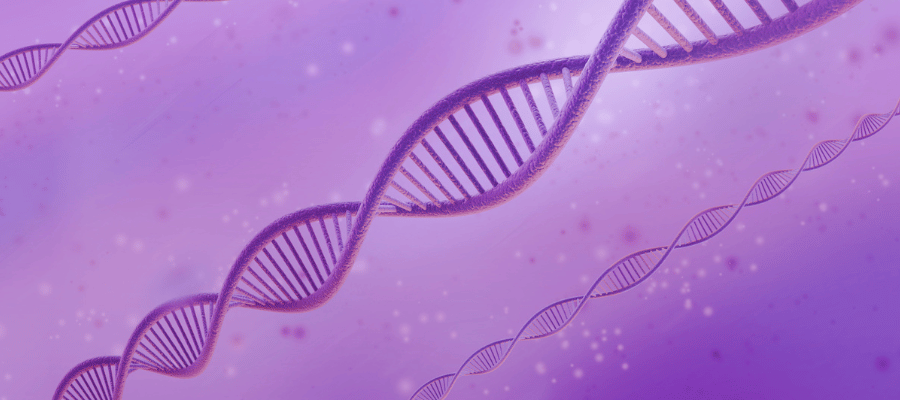
In an interesting paternity case, Cellmark’s DNA results showed that the man we tested wasn’t the father, but was in fact the child’s second degree relative ie the child’s uncle/aunt or grandparent.
More intriguing was that the man’s DNA profile was female!
It turns out that the father had previously had a stem cell transplant from his sister and so the DNA we detected wasn’t actually his but was his sister’s. This explains why his profile was female and also why the DNA results showed that ‘he’ was his son’s ‘aunt’.
But why did we detect his sister’s DNA from a mouth swab? We would normally expect a stem cell transplant to only affect the DNA in white blood cells, which are mainly found in blood but also in saliva. Mouth swabs collect cheek (epithelial) cells as well as saliva and consequently we have previously tested mouth swabs and detected a ‘mixed’ profile (ie DNA from two people) from someone who has had a bone marrow transplant. But never before had we seen a single source ‘stem cell DNA profile’ from a mouth swab, with not even a trace of DNA from the transplant recipient.
At Cellmark we test thousands of cases each year and, with over 30 years’ experience we have dealt with a wide range of unusual circumstances, but this result left our scientists scratching their heads for a while. In this case, it looks like some of the stem cells in the bone marrow may over time have become epithelial cells in his cheek - a search of the scientific literature showed that this isn’t the first time it has been observed, but it is extremely unusual!
So that we could give the man a definitive paternity report we asked him for a few hair roots and tested them at our expense. This gave us his actual DNA, allowing us to report that the DNA results were 12 million times more likely if he was the father rather than being unrelated. As a result, he was able to submit his application to the UK immigration authorities and was reunited with his son.
He wrote: ‘thank you Cellmark for everything you have done to help me prove that I am my son’s father so that we can be together.’
